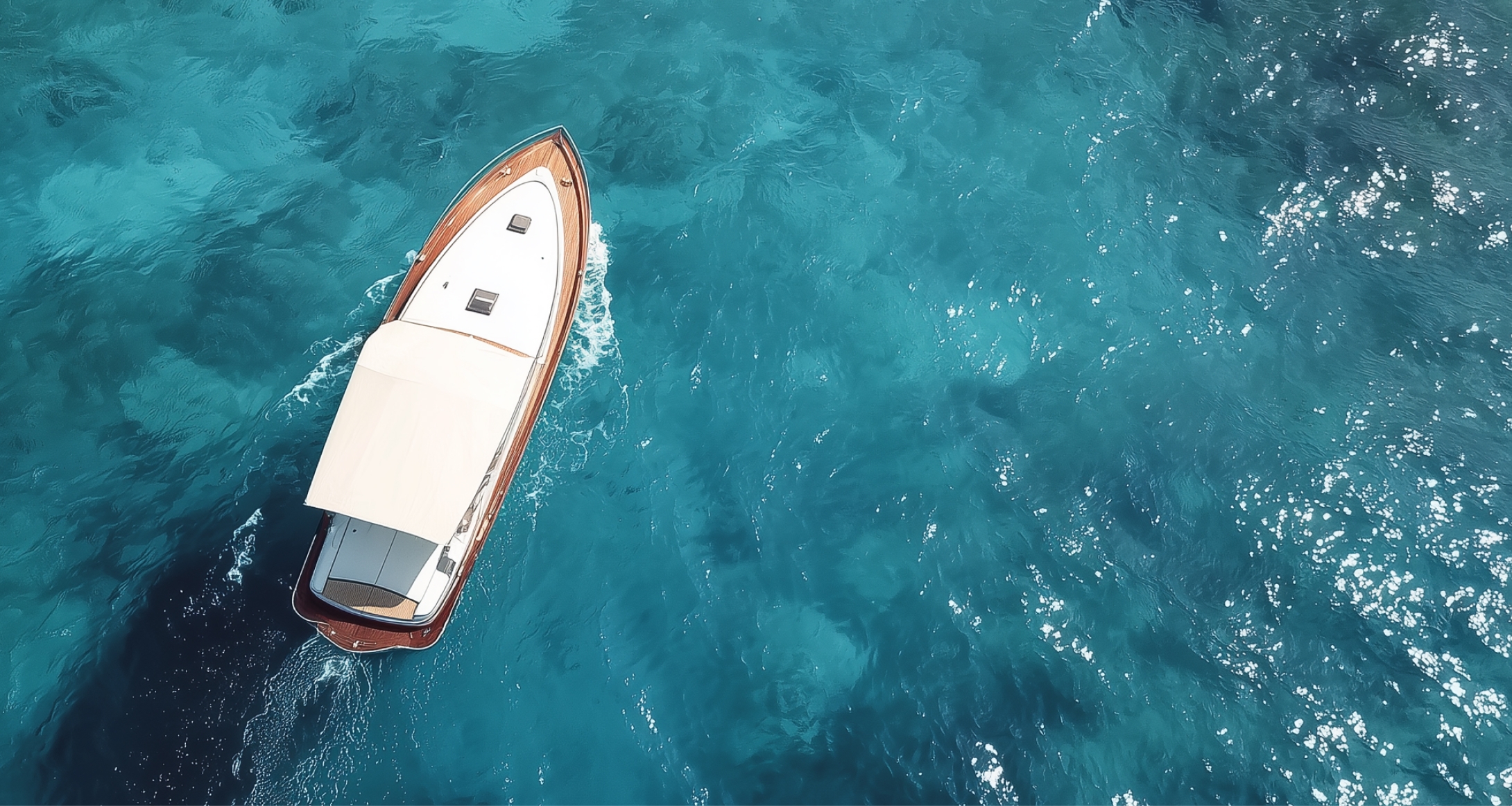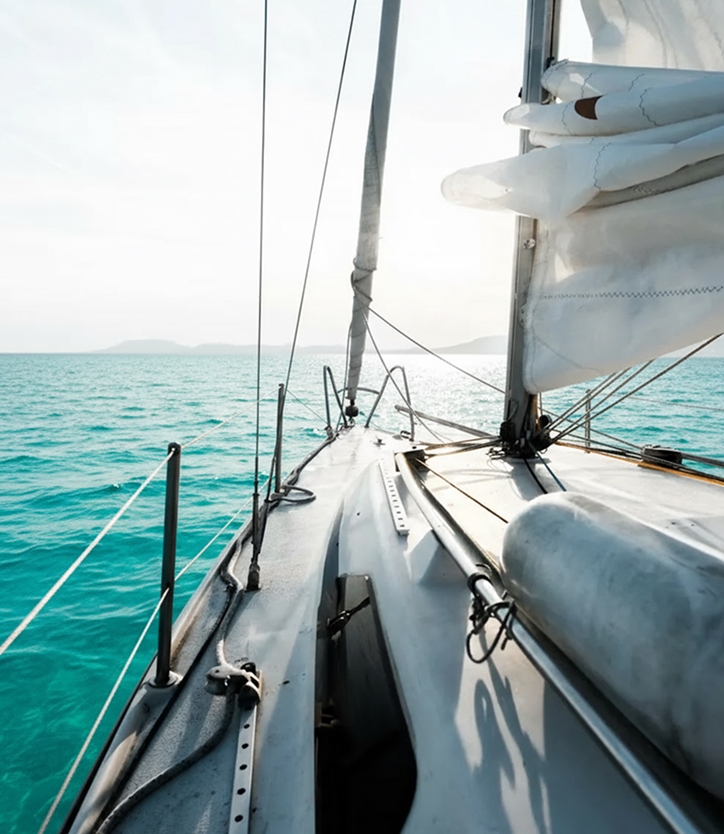YACHT
Tailored protection from keel to crown
Your yacht is meticulously crafted by maritime experts with a deep appreciation for the complexity of life on the water. Protect your vessel and crew wherever the journey takes you.

Complete maritime coverage
Protect your crew, delicate marine environments, tenders, and onboard property across every vessel.
New vessels, existing coverage
Automatic coverage for eligible, newly acquired yachts and tenders for up to 30 days after purchase.
Precision-crafted restoration
Restore your crafts with precision repairs designed to maintain seaworthiness in all environments.
Safety at sea: loss prevention
High-level training by dedicated specialists covers crew safety, storm preparedness, and proactive loss prevention for onboard items.
Coverage tailored to your life
A client with multiple yachts purchased a new vessel that needed a major refit that would not normally be covered under a yacht policy and was more suitable for a builder's risk policy. PCS worked directly with the refit team to review comprehensive surveys and architecture plans and address yard period waivers, which enabled PCS to provide proper coverage for the new vessel under the existing yacht policy during the refit period.

Chart any course with peace of mind
The PCS team collaborates with expert underwriters to craft customized protection designed for every vessel.